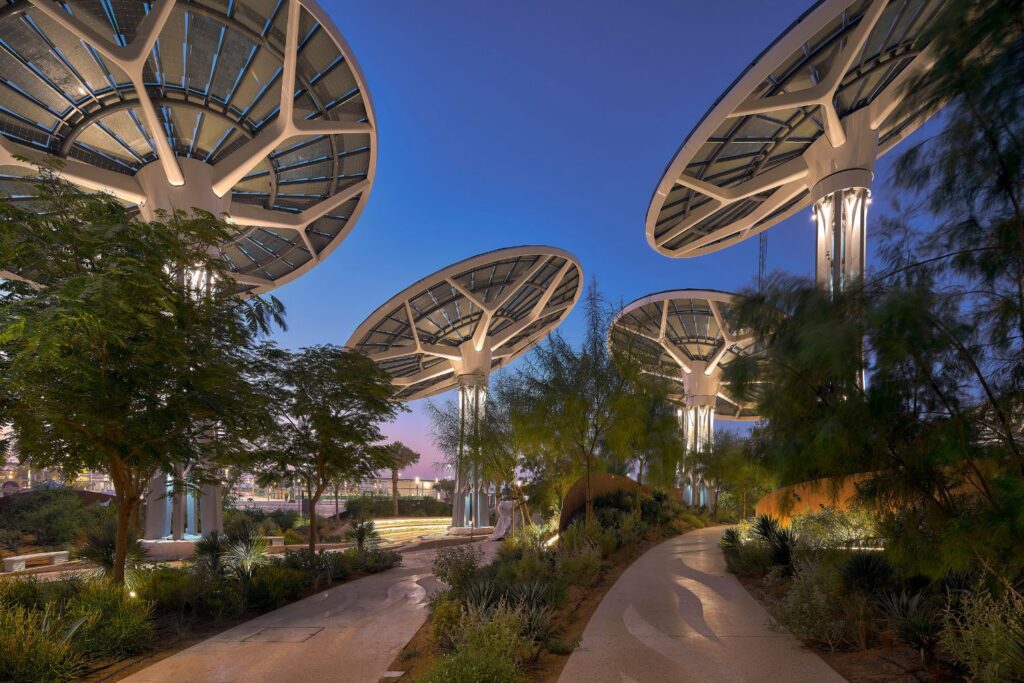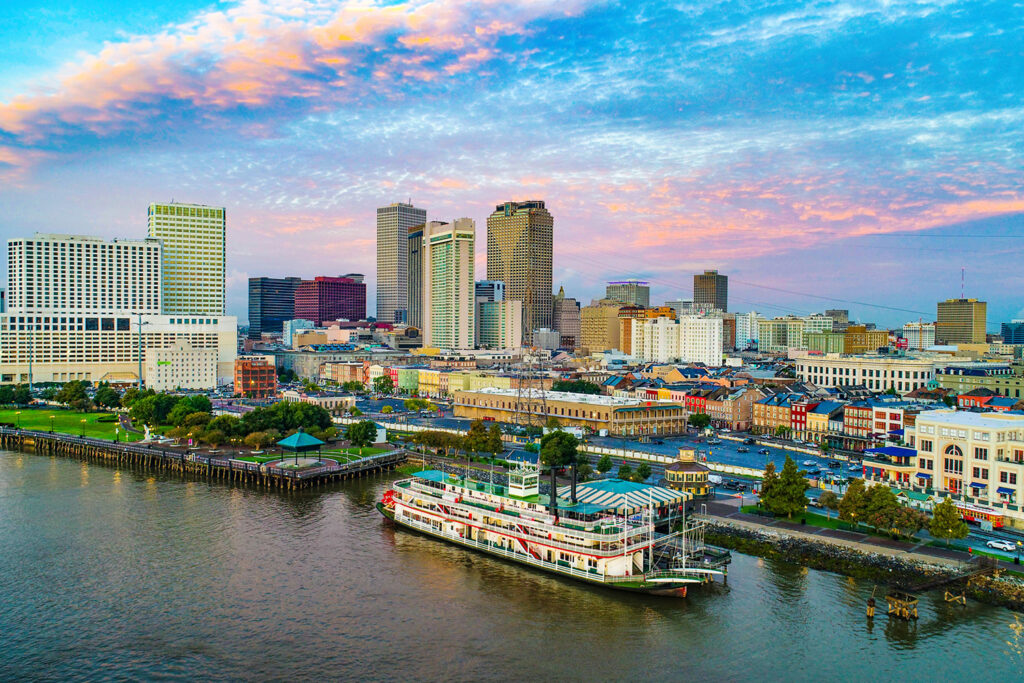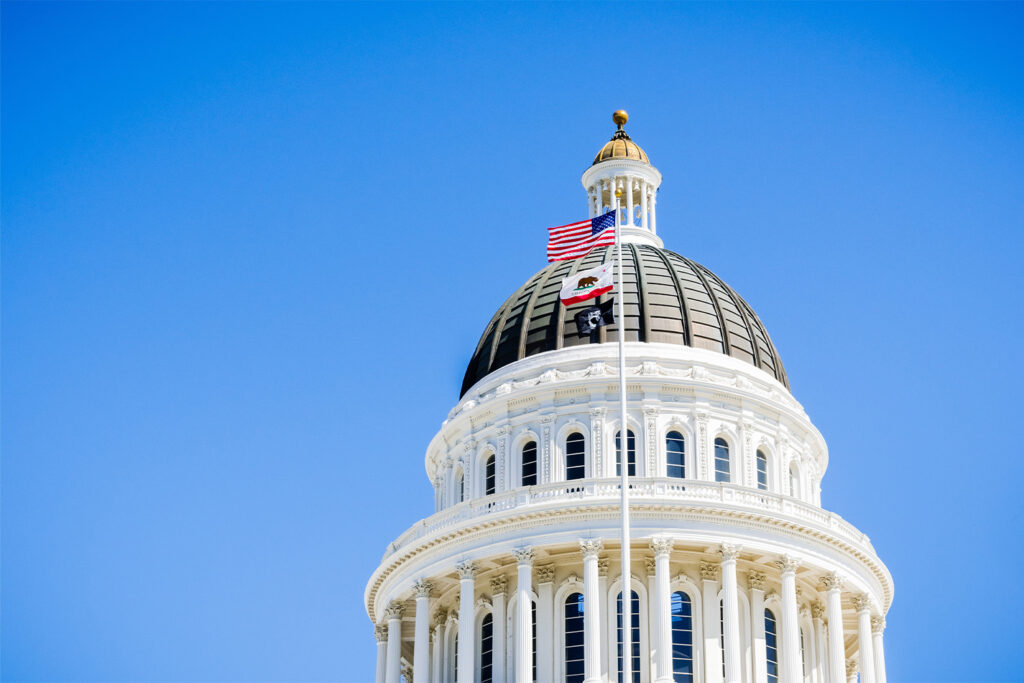
Specialist Q&A with Waste Management Consultant Anne Christie
As part of our latest series of interviews, we hear from a number of our specialist consultants across the practice.
Here we speak to Anne Christie about life as a waste management consultant, the impact the climate crisis has had on the industry, and how she’s driving our own offices to improve.
How did you get into the waste management industry?
It was a gradual process. I guess it started when I was in my teens and became interested in environmental issues and learning about climate change. My undergraduate degree was in the arts. After that I went travelling, where I saw for myself areas in Southeast Asia that have been ruined by litter and waste. I enrolled to do a Masters in environmental sustainability, with a focus on waste management and planning. Straight after that I came to Buro Happold, so it all worked out well!
What do people say when you tell them you are a waste management consultant?
They usually think I work as a bin collector, or in sewage! When they realise what I do, they often ask about which items they can and can’t recycle. With all the information that comes out online, people can be confused about what is and isn’t recyclable. Some even say they’ve heard that everything goes to landfill anyway, so I try to explain that’s not quite how it works.
What is classed as waste in your role?
As a general rule, we describe it as materials or items that have served their purpose and are no longer usable. I’m hesitant to call recyclables waste because they do have potential for further use, but for our discipline, waste covers everything from residual, and organic to recyclable waste.
One thing we don’t do is sewage or water waste. It’s solid waste only, which is things you put in the bin, as well as construction-related material.
What is waste management?
It depends on the project. Some clients only want us to provide a strategy for operational waste, but most commonly, we cover both construction and operational waste. This can be from building to masterplan level, the scale varies considerably. The construction part includes all construction material, demolition and excavation waste, right up until the project is completed.
Then we switch over to operational waste, which is what is generated once the project is up-and-running. This can, and more recently has, included goods management and identifying where waste can be reduced at source. We also take on waste chapters for environmental impact assessments (EIA), and that’s something I’ve been doing more of recently.
I’m pleased that waste, especially, is getting talked about—it’s actually something people bring up in a conversation now.
Do you have any project highlights?
I really enjoy the projects that I’ve worked on abroad because I get to learn how different places manage waste, what their goals are, how the kind of infrastructure they have in place. There have also been some really interesting UK-based projects. In fact, one of my favourites was the recent internal waste audits we conducted across some of the Buro Happold offices.
You were holding the practice up to its own standards?
Yes. We were looking at 12 of the 14 offices that have ISO 14001 environmental certification to see what waste was being generated. These included London, Edinburgh, Berlin and New York, and it was great fun talking to everyone and finding out what systems they have in place. What surprised me was how different they all were. You’d think it would be the same across our offices, but because we’re in different areas, we’ve different collection processes, which alters the way we process our waste.
How did the results shape up against the standards set?
It was a little mixed but pretty good. We were looking into the contamination of recyclables and waste generation per person in each office and found that varied quite a lot. When it comes to things like recycling rates, a few of the offices were doing really well. For example, Los Angeles came out with a 77% recycling rate, which was helped by their effective separation of organic waste.
Overall, it gave us a great baseline idea of what is going on, so we can set new environmental and waste targets to work towards. It’s part of a wider initiative to focus on more post-occupancy work with businesses to improve their waste operations. That’s an important part of reducing and managing waste, and something we want to think about for the future.
Are there common challenges in waste management?
Everyone is committed to working towards environmental principles, but alongside these are practical issues that don’t get as much attention. Even though waste is more of a priority than it was, it can still come quite low down on the list.
Space is valuable, so often there isn’t much set aside for a waste room or waste infrastructure. But good waste management is vital to the success of a project. You can have the most luxurious five-star resort, but if areas look dirty or messy, or there are bins visible outside, that will ruin the image.
Good waste management is vital to the success of a project.
How do you go about securing that space for waste infrastructure?
If we’re working on a new project, we can start with the basics and propose ways to repurpose waste, and even treat it on site. Perhaps through composting, anaerobic digestion, or even recycling.
Another idea that has proven popular is that of reuse centres, which have become quite common on recent projects. They work particularly well for new residential developments where people are arriving new to an area, as they provide a multi-use community hub. In a recent project for Esholt Positive Living, a co-working building was included in the residential component that is suitable for many uses, including a community reuse centre.
How has the environmental crisis impacted your work as a waste management consultant?
It has helped that public interest has been sparked by people like David Attenborough and Greta Thunberg drawing attention to the issues. I’m pleased that waste, especially, is getting talked about — it’s actually something people bring up in conversation now.
That does put more pressure on us to meet high environmental and waste targets, but that’s great because it allows us to approach our work with an environmental as opposed to cost focus. That means we can move forward with really ambitious targets, and use our creativity to come up with new ideas and solutions to these urgent environmental challenges.








